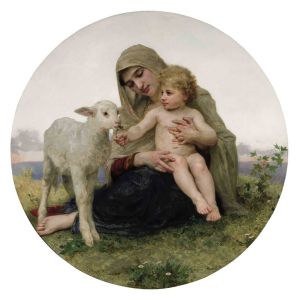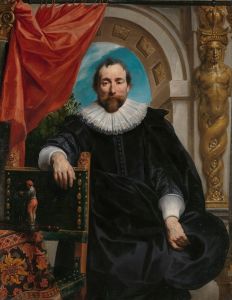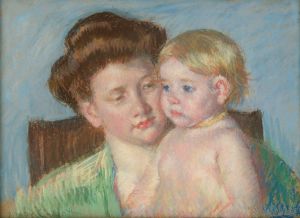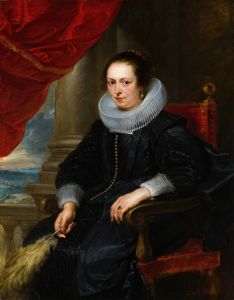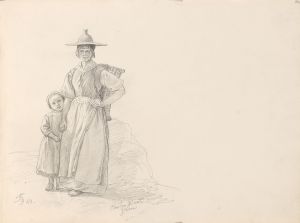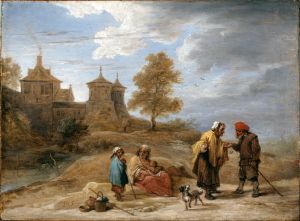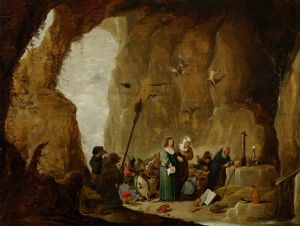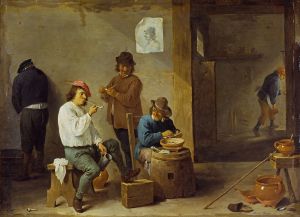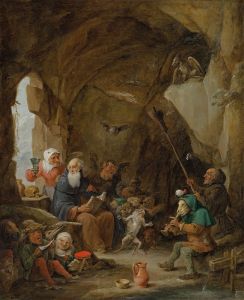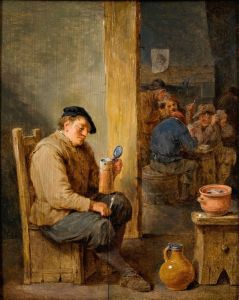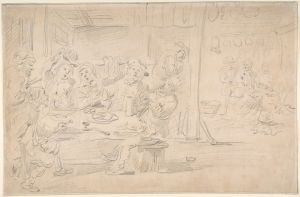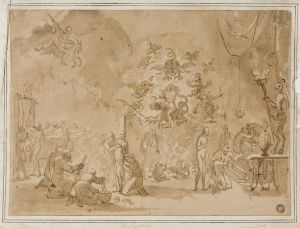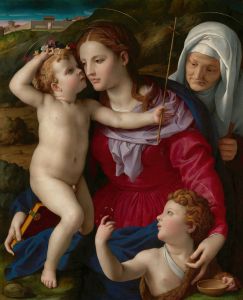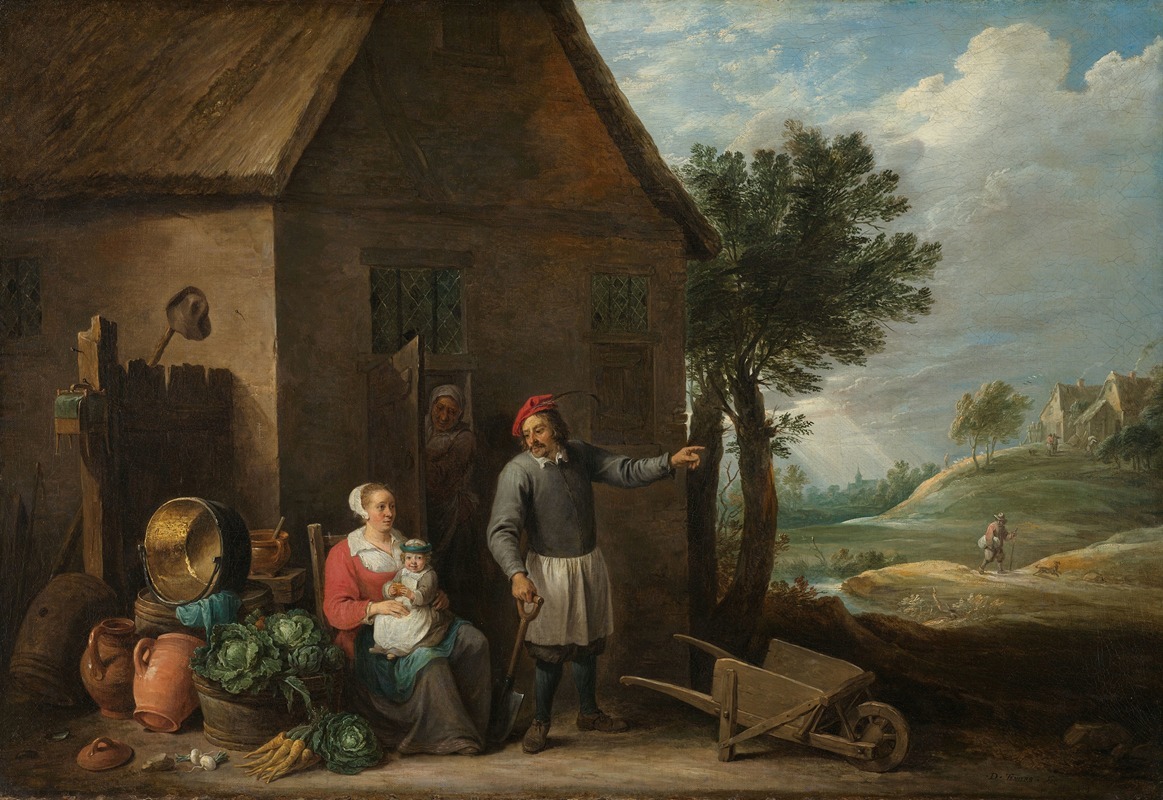
Husbandman at a Cottage Door with a Seated Woman and Child
A hand-painted replica of David Teniers The Younger’s masterpiece Husbandman at a Cottage Door with a Seated Woman and Child, meticulously crafted by professional artists to capture the true essence of the original. Each piece is created with museum-quality canvas and rare mineral pigments, carefully painted by experienced artists with delicate brushstrokes and rich, layered colors to perfectly recreate the texture of the original artwork. Unlike machine-printed reproductions, this hand-painted version brings the painting to life, infused with the artist’s emotions and skill in every stroke. Whether for personal collection or home decoration, it instantly elevates the artistic atmosphere of any space.
David Teniers the Younger was a prominent Flemish artist known for his genre scenes, landscapes, and depictions of peasant life in the 17th century. Among his extensive body of work is the painting titled "Husbandman at a Cottage Door with a Seated Woman and Child." This painting exemplifies Teniers' skill in capturing the everyday life of rural communities with a keen eye for detail and a warm, humanistic approach.
The painting portrays a domestic scene set in a rustic environment, typical of Teniers' genre scenes. In the composition, a husbandman, or farmer, stands at the door of a modest cottage. His posture and attire suggest his occupation and social status. The husbandman is depicted in a relaxed manner, perhaps engaging in conversation or simply observing his surroundings. This figure is a testament to Teniers' ability to convey character and narrative through subtle gestures and expressions.
Adjacent to the husbandman, a woman is seated, holding a child. The woman’s attire is simple, reflecting the everyday clothing of rural women during that period. Her interaction with the child adds a layer of intimacy and warmth to the scene, highlighting the familial bonds and domestic life that were central themes in Teniers' work. The child, likely representing the next generation, is depicted with a sense of innocence and curiosity, contributing to the overall narrative of family and continuity.
The setting of the painting is a cottage, which serves as a backdrop to the figures. The architecture and surrounding landscape are rendered with attention to detail, showcasing Teniers' ability to create a believable and immersive environment. The cottage, with its rustic charm, is indicative of the rural Flemish countryside, a common setting in Teniers' paintings. The natural elements, such as the trees and sky, are painted with a soft palette, enhancing the tranquil and harmonious atmosphere of the scene.
Teniers' use of color and light is notable in this work. He employs a warm color palette, with earthy tones dominating the composition. The play of light and shadow adds depth and dimension, bringing the scene to life. Teniers was known for his ability to capture the subtleties of natural light, and this painting is no exception. The lighting not only highlights the figures but also creates a sense of time and place, suggesting a specific moment in the daily life of the subjects.
"Husbandman at a Cottage Door with a Seated Woman and Child" reflects Teniers' interest in depicting the simplicity and dignity of rural life. His paintings often celebrated the virtues of hard work, family, and community, themes that resonated with his contemporaries and continue to appeal to modern audiences. Through his art, Teniers provided a window into the world of 17th-century Flemish peasants, capturing their lives with empathy and respect.
This painting is a fine example of Teniers' genre scenes, showcasing his technical skill and his ability to convey narrative through everyday subjects. It remains a valuable piece for understanding the cultural and social dynamics of the time, as well as Teniers' contribution to the genre of peasant painting.





